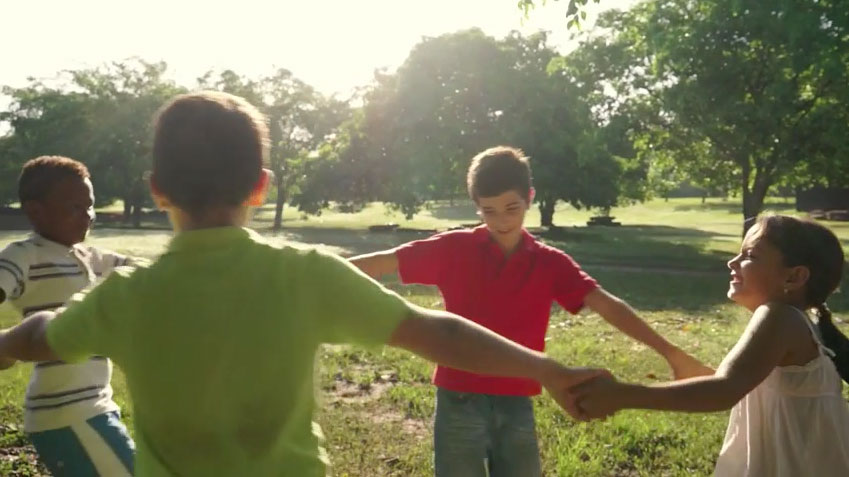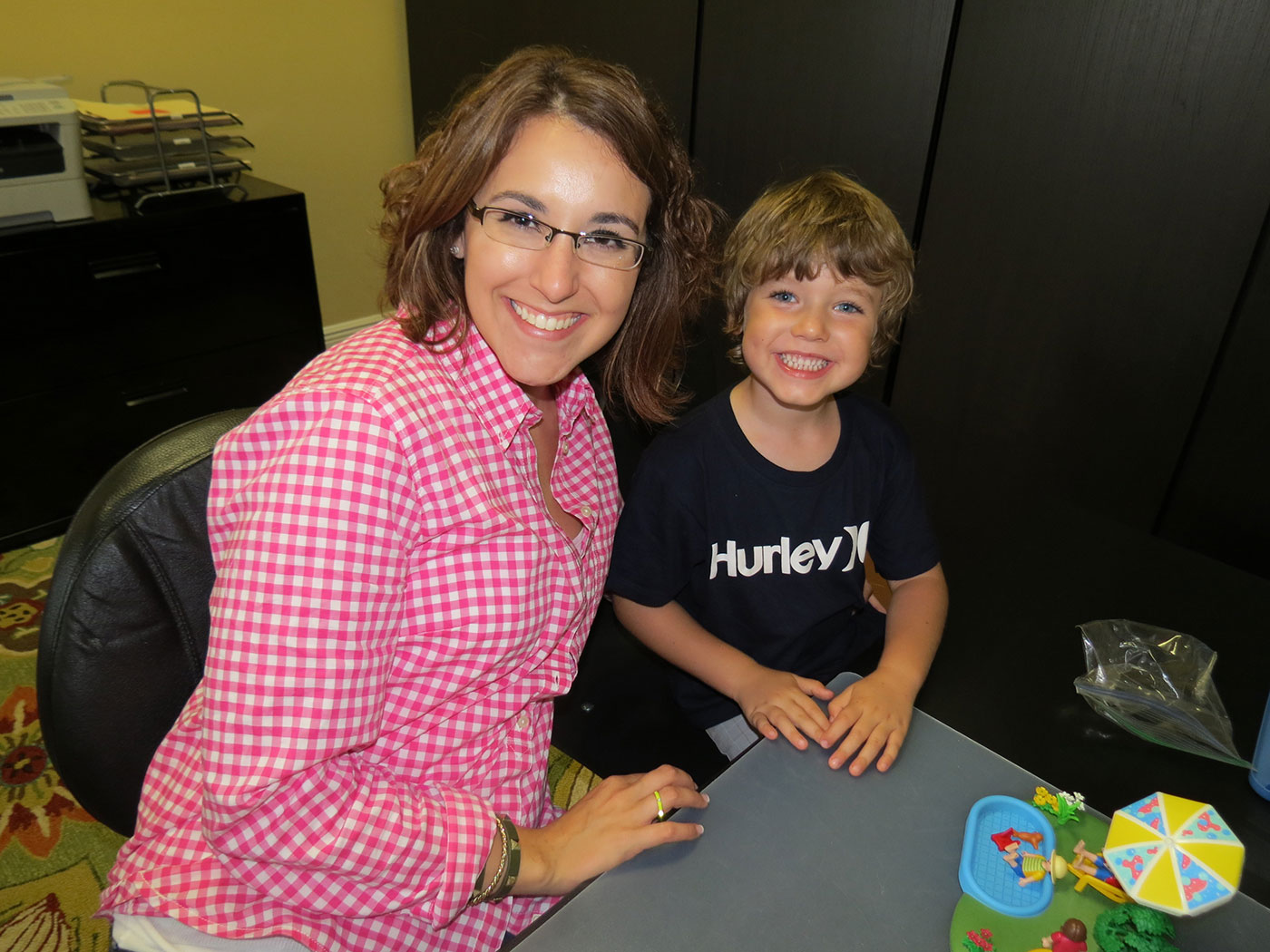November is honored as 22q Awareness Month. What is 22q you ask? It is common that many people have never heard of 22q deletion syndrome although it is believed to be the second most common genetic disorder behind Down’s Syndrome. Here at AASL we are privileged to work with some amazing kids with 22q Syndrome. So, let’s talk about what 22q Syndrome is and what activities occupational and speech therapy work on with our awesome kids.
What is 22q Syndrome?
DiGeorge syndrome (commonly known as 22q11.2 deletion syndrome or 22q) is a disorder that is caused when a piece of chromosome 22 is missing. Although this is a small piece of the chromosome, it has a large impact on many of their body’s systems. Mayo clinic states that children born with 22q may be born with or develop “a gap in the roof of the mouth (cleft palate) or other difficulties with the palate, poor muscle tone, heart murmur, difficulty feeding, failure to gain weight or gastrointestinal problems, breathing problems, delayed speech development or nasal-sounding speech, learning delays or disabilities, and behavior problems.” https://www.mayoclinic.org/diseases-conditions/digeorge-syndrome/symptoms-causes/syc-20353543. These traits may require that the child partake in speech therapy or occupational therapy as they develop.
Here are a few examples of activities we are currently working on with our 22q kids:
Relationship Levels
It is common that children diagnosed with 22q syndrome may potentially be diagnosed with attention-deficit/hyperactivity disorder (ADHD) or autism spectrum disorder. Both disorders greatly impact a child’s capability to communicate effectively and have appropriate social interaction. One way we work on this in speech therapy is to focus on learning relationship levels. Relationships levels are how we determine those we are close to from strangers. This is an extremely important concept to work on for the safety of the child. One activity we do requires the therapist to divide people into categories (family, friends, strangers, acquaintances, or community helpers). From there, the therapist will give the client different descriptions such as “these are people we know but do not know very well. We know their name and we recognize their face, but we are not friendly with them”. The child will then go through the categories of people and select who fits that description.
Problem Solving Skills
Sometimes, those who are diagnosed with 22q can have difficulty with tasks like reading, math equations, and problem solving. One way that we work on problem solving specifically is to use a “problem solving map”. This map starts at the top with a problem that the child and therapist come up with together. From there the child comes up with three possible ways you could solve this problem. After deciding the solutions, they then work together to decide what the consequences to those solutions might be. Then they are able to select the solution with the best consequence! While we work on this problem solving, we also work on matching our reactions to the appropriate problem. This is a great way to work on behavioral aspects of communication and can really be catered to what situations the child is in, in their personal lives. For example, we use a scale of 1-5 to determine the size of our problem. A small sized problem would be that the child didn’t win a game or that someone said they didn’t like their shirt. A big sized problem would be a car accident or a fire. From there, we work on how we are giving these different problems the coordinating reaction. A small problem such as losing a game, does not permit for a big reaction (i.e., yelling for help, being upset, etc.). Working through tough social situations with the therapist is a great way for the child to develop their social and communication skills.



